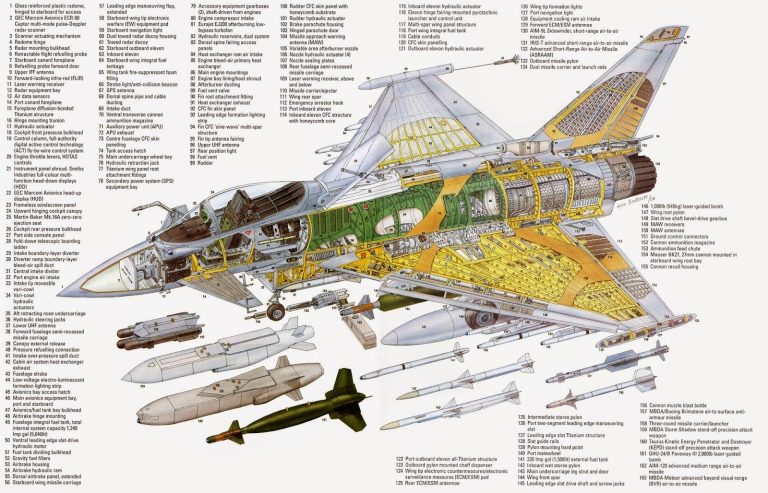An Introduction to Avionic Systems Engineering
Aeroplanes are highly complex, but must nevertheless be safe. To manage the complexity, aeroplanes are designed as a number of integrated, interacting systems, each of which has a clearly defined function or set of functions.
Developing (engineering) such systems is highly challenging, requiring a structured, disciplined, rigorous approach.
The resulting design must be shown to be safe. Airworthiness authorities will only grant a "Type Certificate", allowing the aircraft to fly, once the "certification process" has been completed, including accumulation of all "certification evidences" for every system and also for the overall aircraft.
This web-site gives an introduction into the systems engineering processes used to develop and certify avionic systems.


Some Links....
This introduction refers to the following documents/standards: all are essential for avionic development.
- Aircraft Certification (EASA, FAA)
- Certification Specifications: Large Aircraft (CS-25), Smaller Aircraft (CS-23), FAA Aircraft Certification Procedures (Part 21)
- Guidelines for Development of Civil Aircraft and Systems (ED-79B/ARP4754B)
- Guidelines and methods for conducting the safety and assessment process on civil airborne systems and equipment (ED-135/SAE ARP 4761A)
- Software Considerations in Airborne Systems and Equipment Certification (ED-12C, DO-178C)
- Design Assurance Guidance for Airborne Electronic Hardware (ED-80, DO-254)
Aircraft Systems - ATA Chapters
In 1956 the Air Traffic Association allocated numbers to aircraft systems in the ATA 100 specification. Although now obsolete, the numbering system is still widely used worldwide for documentation relate to design, production and maintenance of civilian and military aircraft. Military aircraft have some additional systms/chapters which are not needed in civil aicraft, specified in the S1000D standard.

Guidance / Standards for System, Safety, Software & Hardware
To ensure the safety of an aircraft, the safety of each system in the aircraft must be ensured, so there is a safety assessment of each system, covering all potential failure modes, and applying guidance from dedicated standards for all software and hardware parts in each system. Hence there are standards providing guidance for development of systems, for conducting the safety assessment, for developing/certifying software and for hardware.
Systems: ARP4754B
"GUIDELINES FOR DEVELOPMENT OF EUROCAE ED-79A / SAE ARP 4754A
CIVIL AIRCRAFT AND SYSTEMS" describe recommended best practices for development of any system which supports aircraft-level functions having failure modes which may impact the safety of the aircraft.
Safety: ARP4761A
GUIDELINES AND METHODS FOR CONDUCTING THE SAFETY ASSESSMENT ON CIVIL AIRBORNE SYSTEMS AND EQUIPMENT: describes the processes and methods, including aircraft functional hazard assessment (AFHA), preliminary aircraft safety assessment (PASA), System Functional Hazard Assessment (SFHA), Preliminary System Safety Assessment (PSSA), System Safey Assessment (SSA) and Aircraft Safety Assessment (ASA) with examples of the methods FTA, DD, MA, MBSA, FMEA/FMES, CEA, ZSA, PRA, CMA).
Software: DO-178C/ED12C
SOFTWARE CONSIDERATIONS IN AIRBORNE
SYSTEMS AND EQUIPMENT CERTIFICATION: provides guidance for determining, in a consistent manner and with an acceptable level of confidence, that the software aspects of airborne systems and equipment comply with airworthiness requirements.
Hardware: DO-254/ED80
DESIGN ASSURANCE GUIDANCE FOR
AIRBORNE ELECTRONIC HARDWARE: The guidance in this document is intended to be used by aircraft manufacturers and
suppliers of electronic hardware items for use in aircraft systems. The hardware
design life cycle processes are identified. Objectives and activities for each process
are described. The guidance is applicable to all hardware design assurance levels as
determined by the system safety assessment.
